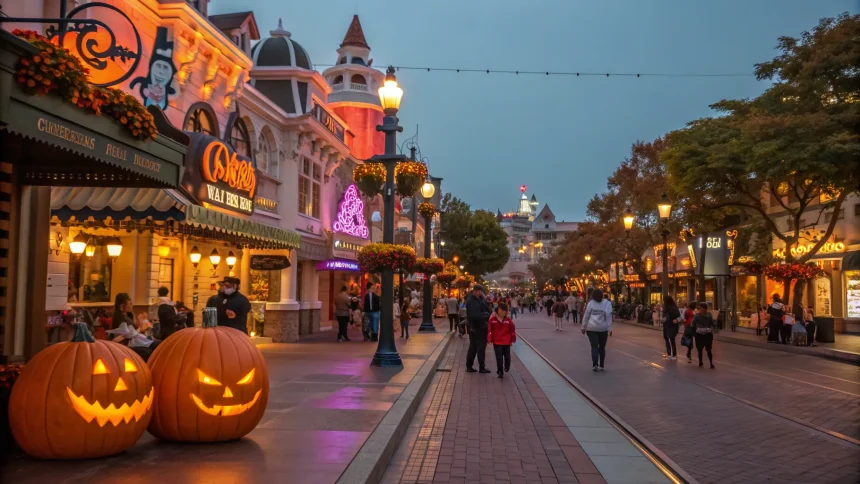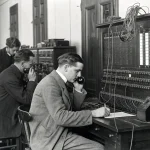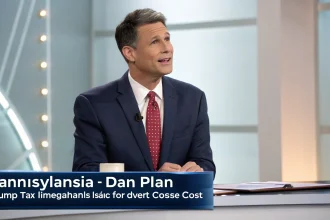Halloween is no longer just about trick-or-treating in the neighborhood. The holiday has evolved into a significant travel occasion, with tourists flocking to destinations that offer spooky attractions and seasonal festivities.
Theme parks, cities, and tourist destinations across the country are capitalizing on Halloween’s growing popularity by creating elaborate haunted experiences and fall-themed events that draw visitors from near and far.
Theme Parks Lead the Halloween Tourism Boom
Major theme parks have transformed Halloween into a critical revenue period, extending their operating seasons and creating special nighttime events. What once might have been simple decorations has grown into full-scale production with dedicated staff, custom sets, and professional actors.
These parks invest millions in creating haunted houses, scare zones, and Halloween-themed shows. Many parks now begin their Halloween celebrations as early as September, extending the traditional holiday season and providing more opportunities for travelers to visit.
Beyond Theme Parks: The Expanding Halloween Tourism Market
The Halloween travel trend extends well beyond amusement parks. Historic cities with rich pasts have developed ghost tours that combine local history with supernatural tales. Salem, Massachusetts—famous for its witch trials—sees tourism numbers spike dramatically during October, with visitors exploring museums, participating in séances, and attending historical reenactments.
Hotels and resorts have joined the trend by hosting costume balls, themed weekends, and family-friendly activities. Some properties create complete Halloween packages including accommodations, special meals, and access to exclusive events.
Rural destinations have also found success with:
- Corn mazes and pumpkin patches
- Hayrides (both family-friendly and “haunted” versions)
- Fall harvest festivals with Halloween elements
Economic Impact of Halloween Tourism
The transformation of Halloween into a travel holiday has created significant economic benefits for destinations. Cities report hotel occupancy rates during Halloween weekends that rival traditional peak travel periods.
Local businesses benefit from increased foot traffic, with restaurants, shops, and transportation services all seeing revenue increases. The holiday has effectively created a new “shoulder season” for many tourist areas that previously experienced a lull between summer and winter holidays.
For some smaller towns with haunted reputations or historic significance, Halloween tourism has become their primary annual revenue source, funding community projects and infrastructure improvements.
The Future of Halloween Travel
Industry analysts expect the Halloween travel trend to continue growing. The holiday appeals to multiple demographics—families seeking age-appropriate fun, young adults looking for scares, and history buffs interested in cultural traditions.
The flexibility of Halloween celebrations allows destinations to tailor their offerings to their specific strengths, whether that’s historic architecture, natural settings, or entertainment infrastructure.
As social media drives awareness of unique Halloween experiences, destinations are likely to continue investing in bigger, more elaborate attractions to stand out in an increasingly competitive market.
The rise of Halloween as a travel occasion represents a shift in how Americans celebrate holidays, with more emphasis on experiences over traditional observances. For the travel industry, it has created valuable opportunities during what was once considered an off-peak season.









